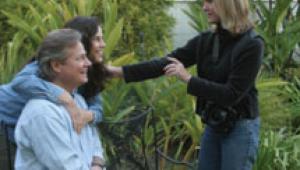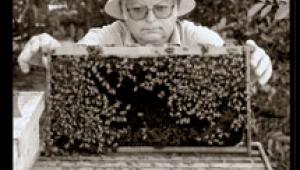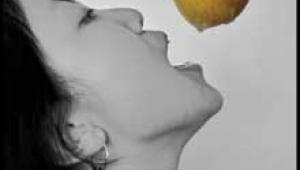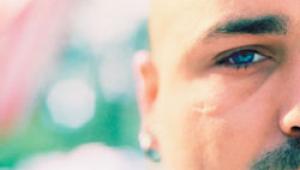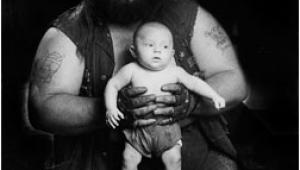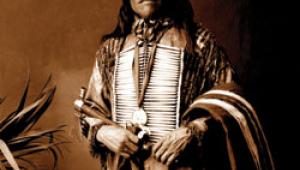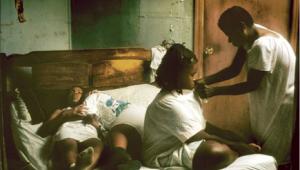Me and My Shadow Page 2
 |
|
|
Shadows are most effective when they contrast with a light-colored background. The shadow portion of your image can be darkened by underexposing the scene slightly. With an SLR, you can use your film-speed dial to compensate. Temporarily set the dial one or two ISO numbers higher, and be sure to return it to its regular setting when you want to photograph other subjects. If your camera has a zoom lens, experiment with different focal lengths and shooting distances. If you have a compact camera with a built-in fixed-focal-length lens, you'll need to physically move closer or further away from your subject.
 |
|
|
You don't need to limit yourself
to "found" shadows--go out and create a few of your own
to shoot.
- Log in or register to post comments
